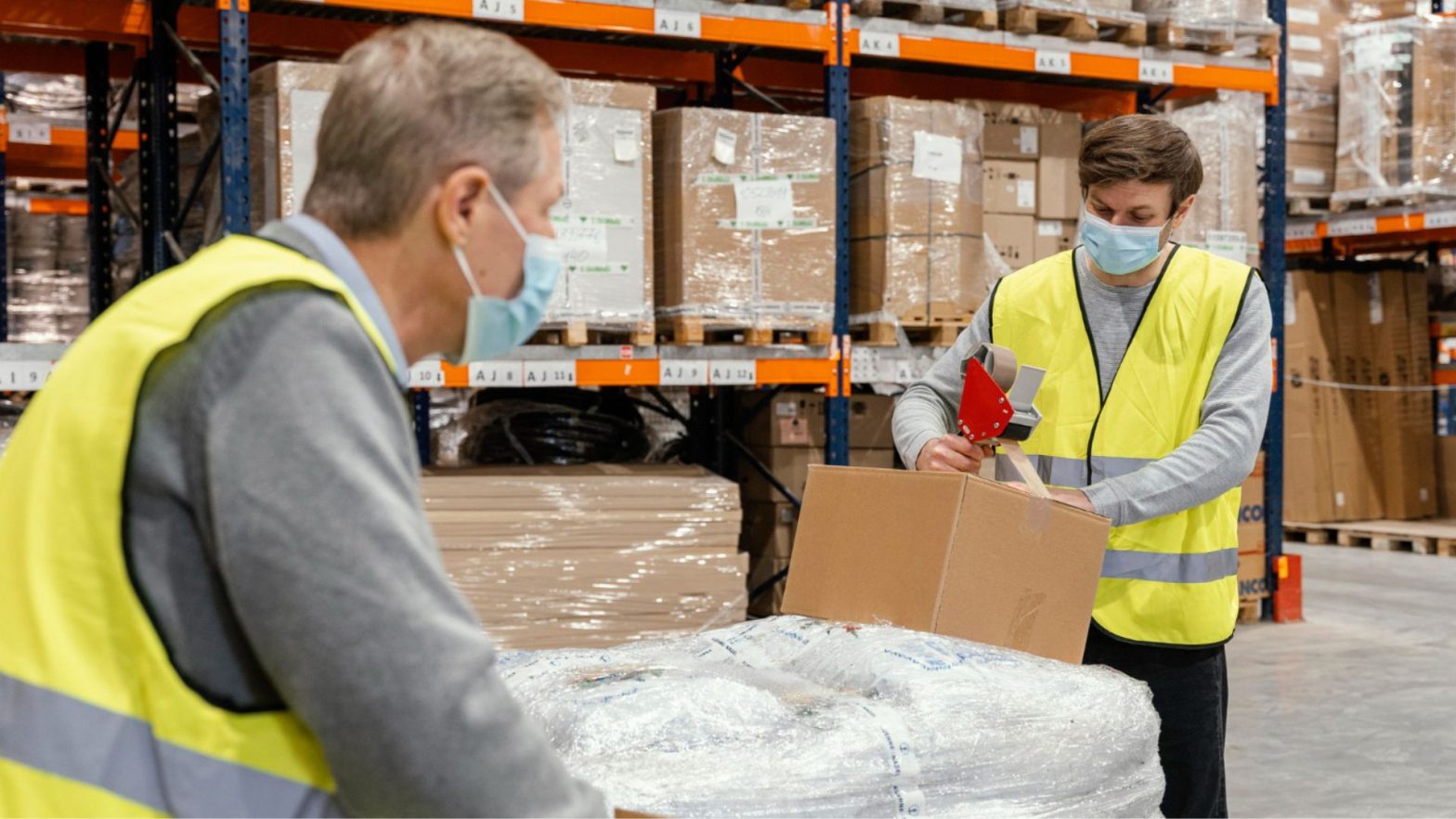Edge damage is one of the most common—and costly—forms of product degradation during long-distance shipping. For paper packaging distributors, especially those handling corrugated boxes, kraft rolls, folding cartons, and paperboard sheets, edge integrity directly affects product usability, client satisfaction, and return rates. In today’s competitive and compliance-driven marketplace, preventing edge damage is essential for maintaining both quality and profitability.
This guide outlines practical, proven strategies for minimizing edge damage during extended transits, whether you’re shipping full truckloads (FTL), less-than-truckloads (LTL), or intermodal freight.
Why Edge Damage Is a Critical Concern
Structural Weakness: Even minor edge crushing can compromise box integrity, leading to product failures during assembly or use.
Print Quality Loss: For branded folding cartons or display packaging, scuffed edges degrade visual impact.
Retail Compliance Issues: Damaged packaging may be rejected by retailers, triggering chargebacks or restocking penalties.
Wasted Materials: Edge damage often renders otherwise usable packaging non-compliant or unsellable, increasing material waste.
Long-haul freight conditions—like cross-country transit, hub-and-spoke LTL systems, and multiple handling points—intensify the risk of edge damage.
Common Causes of Edge Damage During Transit
Pallet overhang or misalignment
Stacking pressure during long hauls
Abrasion from load shifting
Insufficient void fill or edge protection
Moisture exposure leading to softened edges
Handling impacts at transfer facilities
Understanding these root causes is the first step to prevention.
Best Practices for Preventing Edge Damage
1. Use Reinforced Edge Guards
Corrugated or molded fiber edge protectors significantly reduce compression and scuffing.
Apply to all four vertical edges and, for tall loads, consider mid-pallet reinforcements.
Choose U-channel or L-profile edge protectors based on product geometry.
2. Avoid Pallet Overhang
Boxes or cartons extending beyond the edge of a pallet are far more likely to suffer edge crushing or be snagged during handling.
Pro tip: Design packaging dimensions to fit standard pallet footprints (48” x 40”) without overage.
3. Optimize Load Securing Methods
Loose or improperly secured loads allow items to shift, resulting in edge damage due to abrasion and impact.
Use stretch wrap with edge protection pads or cardboard corners.
Incorporate anti-slip sheets or interleaving layers to stabilize stacked units.
Use strapping sparingly and only over edge protectors to avoid cutting or denting.
4. Select High-Performance Materials for Long Routes
If a product is traveling more than 1,000 miles or through multiple freight hubs, standard grades may not suffice.
Upgrade to higher ECT or BCT corrugated board for better edge compression resistance.
Use laminated or clay-coated kraft papers for added edge hardness and moisture resistance.
5. Apply Protective Secondary Packaging
Sheeted kraft paper or slip sheets can shield edges from direct contact with other loads or pallets.
For printed items, consider shrink-wrapping stacks or using corner sheaths to protect branding and finish.
6. Implement Moisture-Resistant Packing Practices
Humidity and condensation can soften paperboard edges, making them more vulnerable.
Use ventilated pallets and moisture-barrier wraps in humid or variable climates.
Avoid storing pallets directly on the floor before or during transit.
For sensitive products, use desiccant packs or poly-coated liner wraps.
Packaging Design Considerations for Edge Durability
Add beveled or rolled edges to reduce scuffing during stacking.
Integrate folded flaps or rolled ends for folding cartons to increase edge rigidity.
Consider pre-assembled or nested bundles to reduce individual item exposure.
Warehouse and Fulfillment Procedures That Support Edge Protection
Train staff on proper stacking and handling of edge-sensitive materials.
Use loading diagrams and SOPs for pallet configuration.
Schedule shipments to minimize unnecessary transfers, especially in LTL or mixed-load environments.
Benefits of Proactive Edge Protection
Reduced product loss and returns
Improved client satisfaction and repeat orders
Stronger relationships with 3PLs and freight providers
Enhanced packaging performance during drop testing and supply chain audits
Lowered overall damage-related freight claims
Edge damage is preventable—when distributors build protection into every stage of the packaging and logistics process. By implementing edge protection systems, optimizing palletization, and designing packaging with transit risks in mind, paper packaging suppliers can ensure that their products arrive intact, no matter how far they travel.


